Nvidia GeForce Now interview: ‘the future of cloud gaming is only limited by our imagination’
‘It’s an opportunity to introduce hundreds of millions of people to PC gaming’
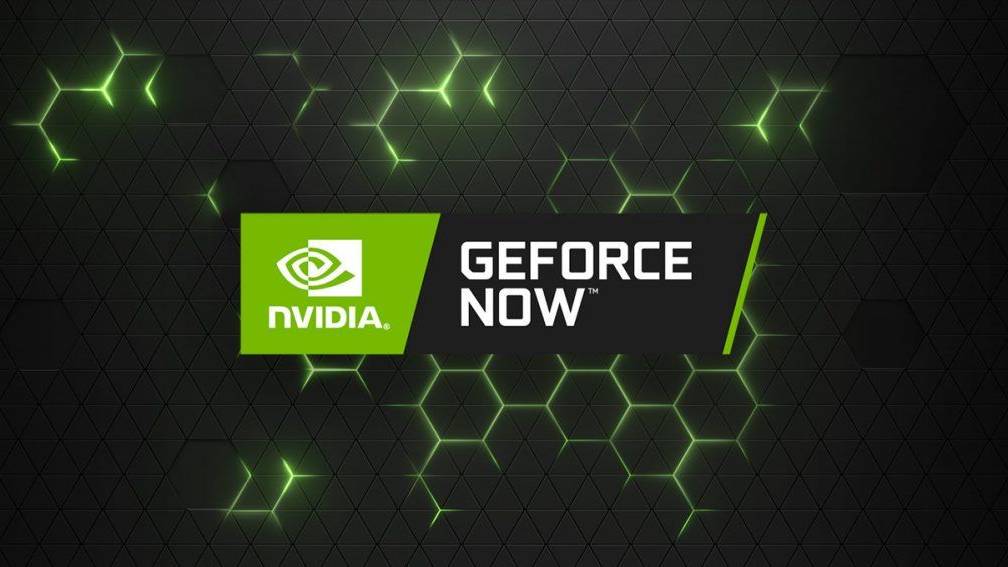
After a less than convincing start, cloud gaming has grown exponentially in the last few years. Services such as Nvidia GeForce Now, Google Stadia, Amazon Luna, PS Now, and Xbox Cloud Gaming can be seen as viable alternatives – depending on your internet speed – to traditional, local-based hardware.
What’s more, cloud gaming enables devices, such as Chromebooks or smartphones, to run graphically intensive games that wouldn’t otherwise be possible. If you subscribe to the highest tier of Nvidia GeForce Now, you can get the performance of an RTX 3080 – a GPU that costs thousands of dollars and continues to be hard to find due to demand and the global semiconductor crisis – on a device that costs less than a few hundred. That means you can enjoy games at resolutions of up to 4K, and frame rates up to 120fps, should your device support it.
TechRadar Gaming spoke to Nvidia Geforce Now’s vice president and general manager Phil Eisler about the future of the company’s cloud streaming service, the challenges that remain, and whether or not cloud gaming can replace consoles and gaming PCs once and for all.
Invisible barriers
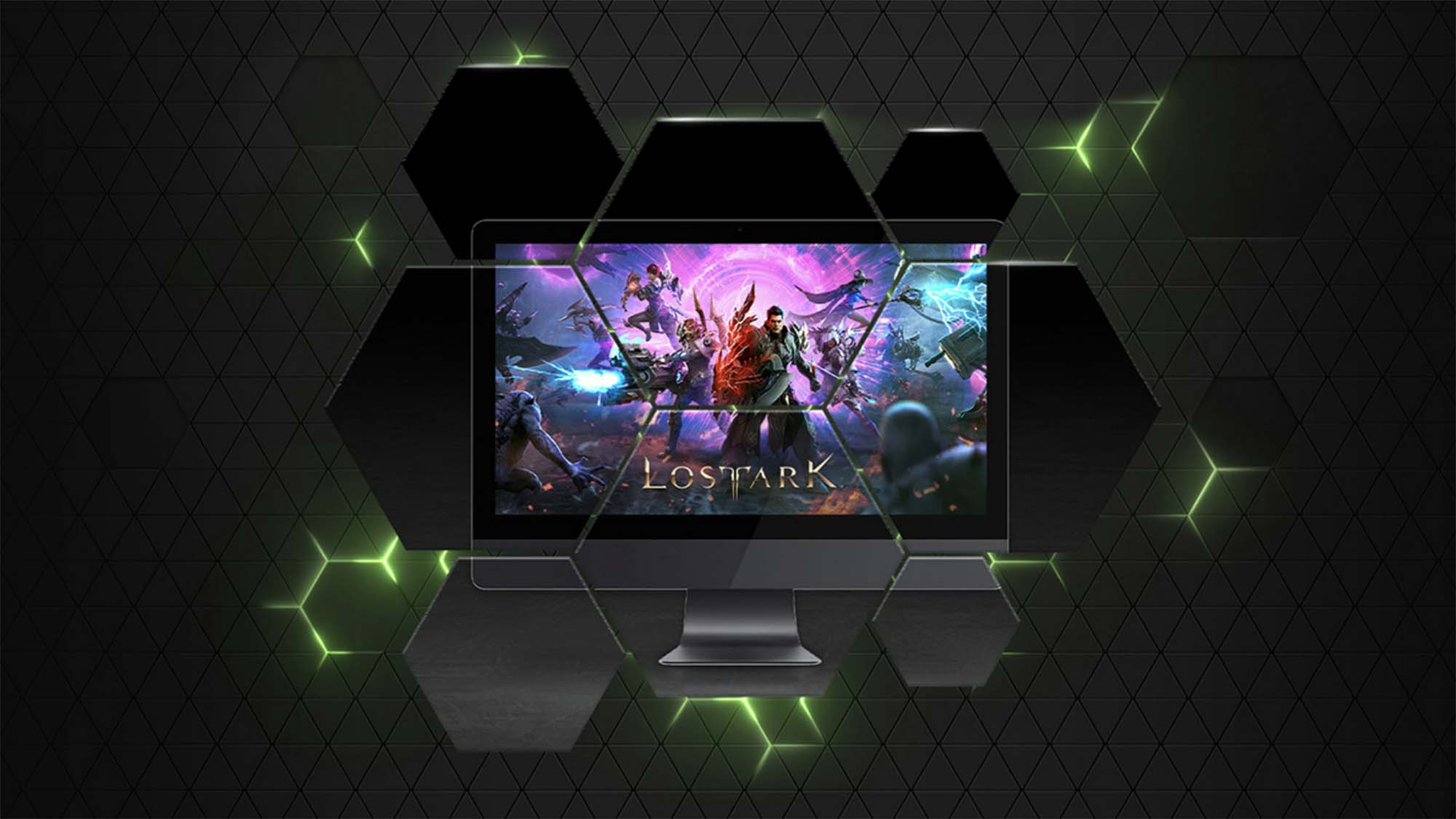
Although cloud gaming can be considered to be more accessible than ever, challenges remain. Eisler outlined the main hurdles that Nvidia GeForce Now has had to overcome and is still tackling today.
“Initially, the challenge was just getting it to work reliably and to build a service that can scale to millions of members,” says Eisler. “We have a great engineering team that created an architecture that scaled to 30 global data centers and supports millions of gaming sessions from a catalog of over 1,000 games.
“Next, we had challenges updating those games around the world. To alleviate that, we created an automated patching system that detects game patches and distributes them around the world in under an hour.
“And finally, there’s the challenge of providing a consistent smooth streaming experience with low latency to our members around the globe. The move from 30fps to 60fps and now to 120fps rendering and streaming solved the latency issue,” Eisler explains. “Nvidia engineering continues to make improvements to our streaming protocol to manage hitches in network connections. And, network connections keep getting better with more Fiber and DOCSIS internet service links, and less ADSL. The increased performance of home-based routers has helped, as well, from 2.4GHz to 5.0GHz and WiFi-6.”
Get daily insight, inspiration and deals in your inbox
Sign up for breaking news, reviews, opinion, top tech deals, and more.
In terms of the biggest bottleneck for cloud gaming right now, Eisler admits that latency is perhaps the most troublesome problem, but technological solutions and network improvements are on the way.
“I’m excited about future network improvements like Low Latency Low Loss Scalable Throughput (L4S) that we are working on with 5G network and Low Latency DOCSIS (LLD) network provider,” says Eisler. “These technologies will reduce cloud gaming latency even further, and make our level of service more consistent.
“The original GRID beta in 2013 used Kepler GPUs at 720p and 30fps. In 2015, we launched GeForce Now using Pascal GPUs at 1080p and 60fps,” Eisler continues. “And most recently, we introduced the Ampere generation SuperPOD (RTX 3080) that streams up to 1440p and 120fps. Nvidia will always continue to lead the way in cloud gaming technology and performance.”
A stop-gap for the GPU shortage?
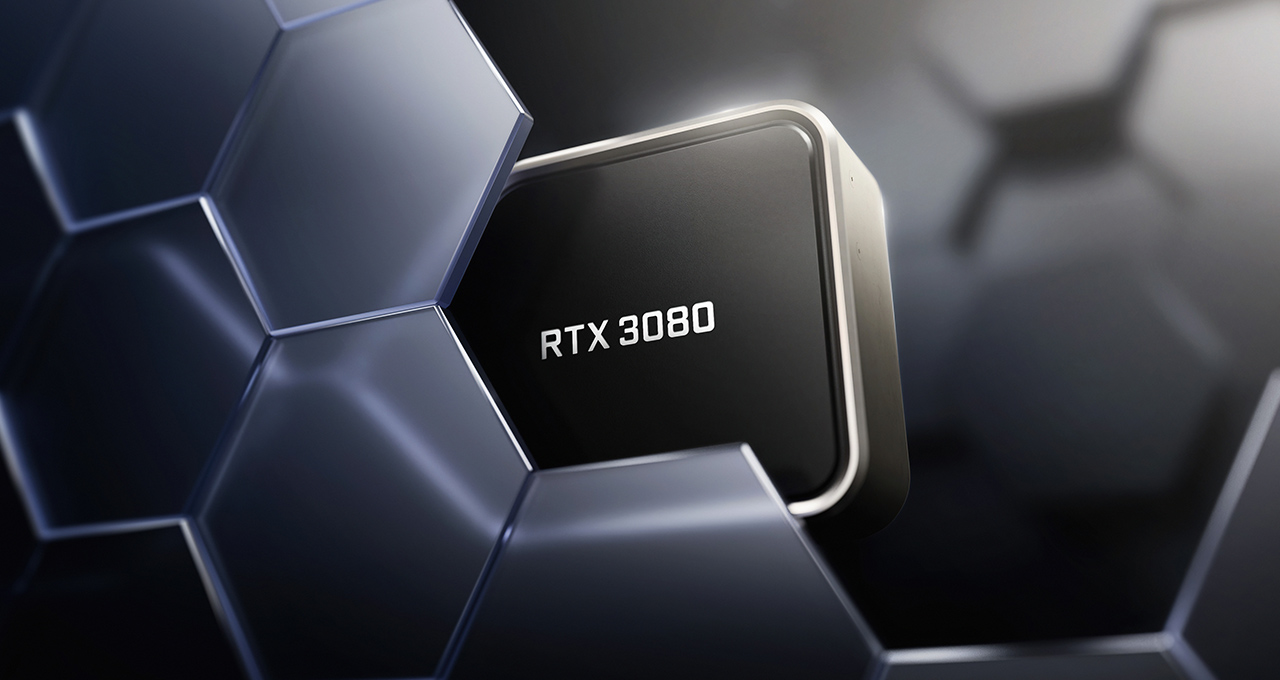
With the GPU shortage continuing to drag on and cards often selling for far above their recommended retail price, Nvidia GeForce Now has ultimately benefited according to Eisler. However, he stressed that Nvidia isn’t ignoring supply issues, despite the service’s increase in popularity.
“There has been an uptick in subscribers," says Eisler. "Nvidia continues to work hard to improve the supply situation. In the meantime, playing on GeForce Now can be a great solution for gamers waiting for a new card to arrive.”
However, Nvidia GeForce Now isn’t a replacement for PS5 or a high-end gaming PC.
“We are not there yet, but cloud gaming is a great alternative for those who can’t afford a new console or gaming PC or just want to play their games on other devices,” Eisler admits. “Chromebooks and phones are now the fastest-growing client types on GeForce Now, and this segment is quickly catching up to integrated graphics laptops and Macs.
“A GeForce gaming PC is always going to be the best machine for gamers by offering the lowest possible latency and highest resolution. So far, GeForce Now has been extending the GeForce gaming experience to new machines and gamers: 80% of our sessions are hosted on machines that could not play the game locally.
“Cloud gaming is an opportunity to expand the gaming market by instantly making one billion underpowered PCs and other devices, game-ready. It’s an opportunity to introduce hundreds of millions of people to PC gaming.”
Competition in the cloud
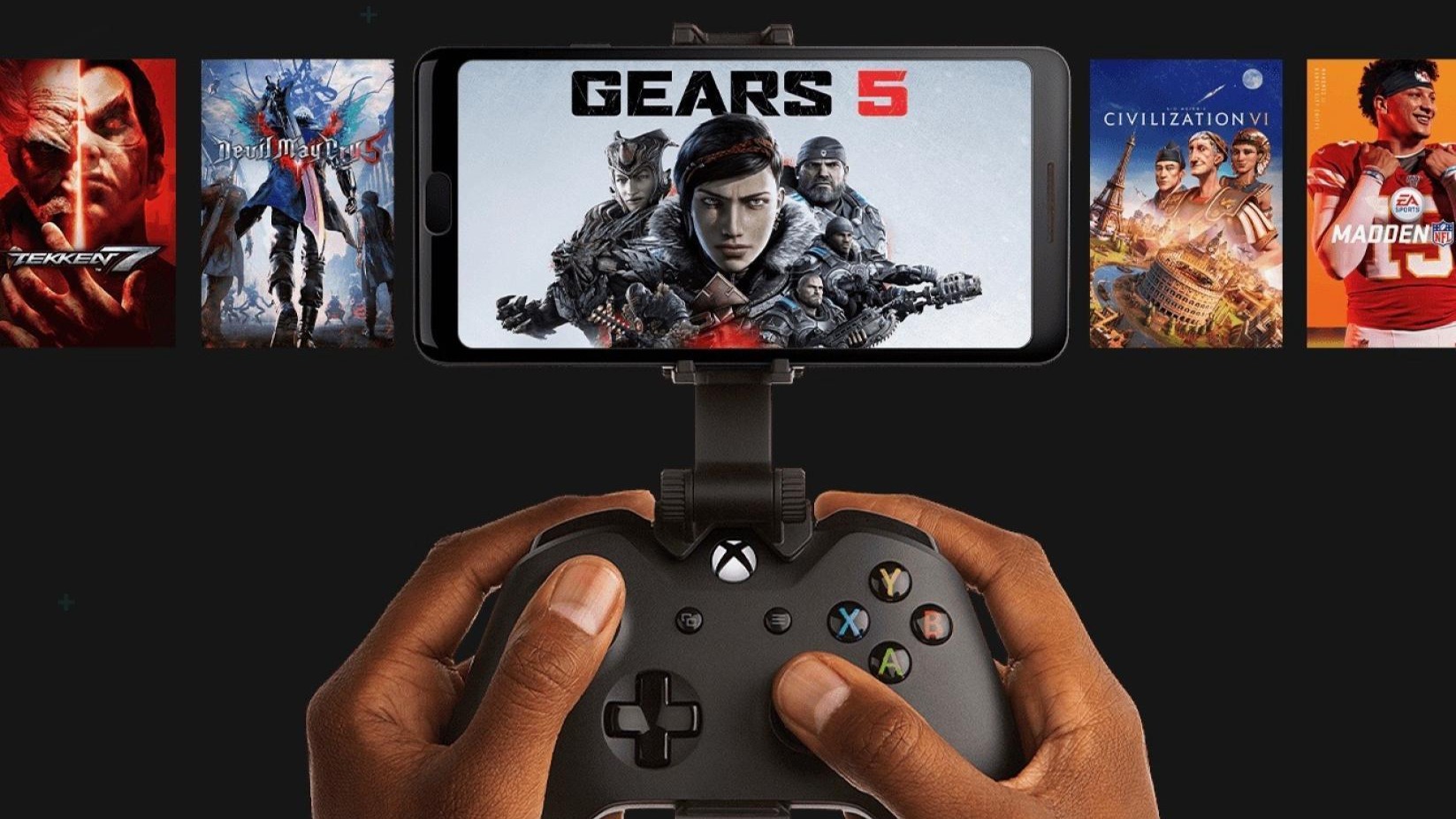
When it comes to the novelty of GeForce Now, Eisler says that even though there are other competitors in the cloud gaming space like Xbox Cloud Gaming and Luna, it’s the gamers that Nvidia is listening to and learning from.
“We spend more time learning from gamers. PC gamers have told us that they want to be able to play free-to-play games, or the games that they already own on Steam, Epic, Uplay, and Origin game stores,” says Eisler. “And they want to play on all of their devices using GeForce rigs in the cloud. This simple formula has connected with gamers and set GeForce Now apart from other cloud gaming services.”
Eisler also says that Nvidia has plans to bring Nvidia GeForce Now to more devices, and didn't rule out the Nintendo Switch if there’s demand.
“Yes, based on member requests, we started supporting smart TVs beginning with the latest LG TV models in December 2021. At CES in January, we announced that we’re collaborating with Samsung to bring GeForce Now to its Smart TVs by adding the service to the Samsung Gaming Hub. We continue to evaluate other devices that our members are interested in.”
GeForce Now could also come to VR headsets in the future, according to Eisler.
“Nvidia already has CloudXR technology that enterprises use today to stream VR from the cloud,” says Eisler. “Now that the latest consumer VR headsets have become untethered and GeForce Now has the ability to render and stream at 120fps, I believe that we have the building blocks in place where cloud VR will make sense in the future.”
Getting games approved for GeForce Now
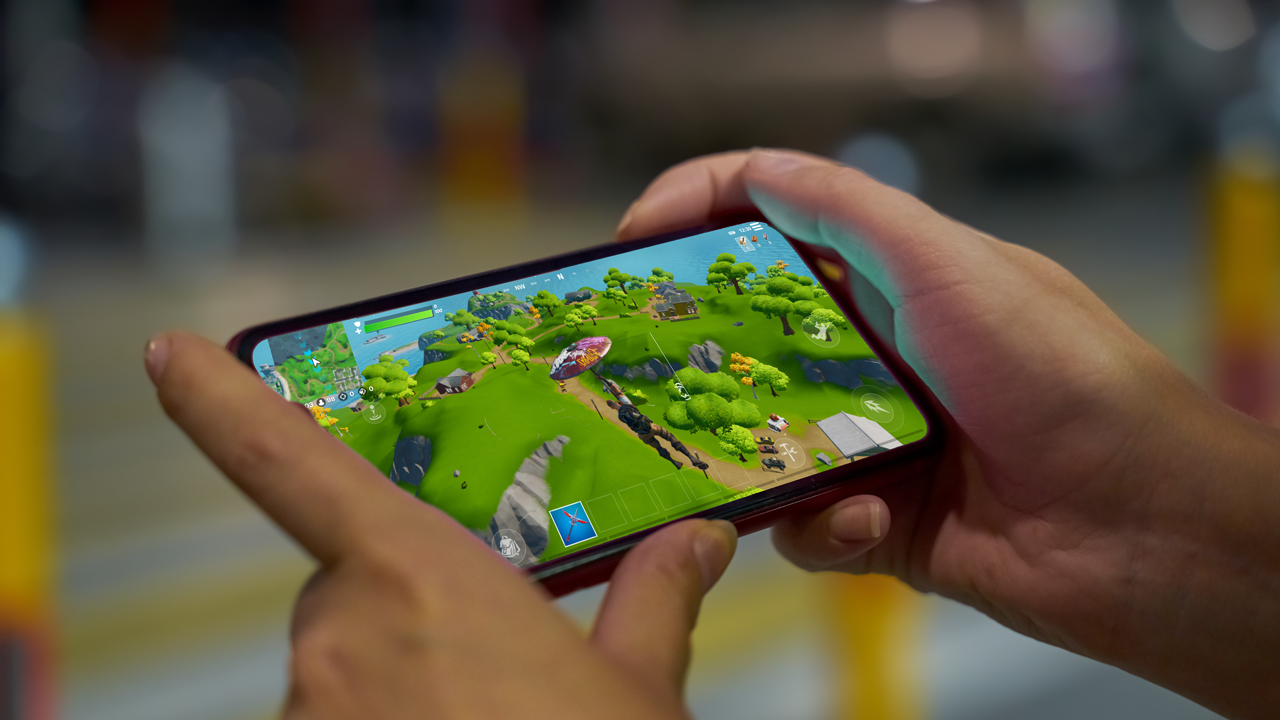
Like Xbox Cloud Gaming, not every game is available on GeForce Now. Eisler shared some insight into the process of getting games onto the service.
"GeForce Now is a great platform for publishers to distribute their games because we use standard PC builds that don’t require any extra work by publishers," Eisler explains. "It’s the only platform that doesn’t charge publishers any revenue share.
"Game publishers have access to a rapidly growing market of cloud gamers they couldn’t reach previously who can now play AAA games on older integrated laptops, macOS computers, Chromebooks, and more devices. We are also opening up new regions with more access to GeForce PCs via the cloud such as Turkey and Brazil.
“The result is millions of games being purchased by gamers – from the stores publishers offer their games on – to play on GeForce Now. That continues to entice more publishers to offer their games on GeForce Now. Our member response has been terrific, with many encouraging publishers to list their games. Over time, we’ve grown a massive catalog of playable games and we expect to see even more great games on GeForce Now in the future.”
But can we expect any exclusive games to hit Nvidia GeForce Now in the future? Not according to Eisler.
"Our goal is to be an open platform that supports all PC games, and therefore, none of our publishing deals are exclusive," says Eisler. "Today, many popular Free-to-Play games are only available in the cloud on GeForce Now, like Fortnite, League of Legends and Apex Legends. However, this is because we focus on bringing the best PC games to the cloud, and not because of any exclusive deals."
The impact of 5G
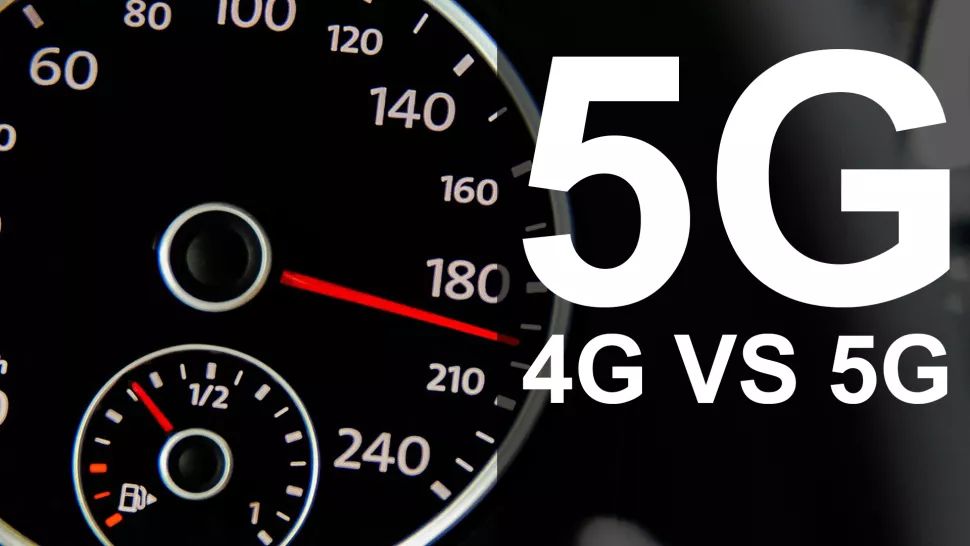
One of the biggest boons to cloud gaming is the rollout of 5G. 5G can offer 10 times the speed of 4G and support more simultaneous connections. It's something that will take cloud gaming out of the home and become accessible almost anywhere.
"I’m very excited about the prospects of 5G and GeForce Now. 5G network service provides excellent bandwidth and low latency, which we have been testing with our Korean partner LGU+ for two years. In Seoul, you can even play GeForce Now on the subway, and it works great!
"In America, we have a partnership with AT&T to bundle 6-months of GeForce Now with 5G phones that really shows the benefits of a 5G phone.
"We’ve also been working to improve the native touch-to-cloud experience on GeForce Now. Earlier this year we started a beta test with Epic to add native touch controls to Fortnite on our GeForce Now cloud version. The results are fantastic with a very intuitive way to enjoy cloud games on your 5G mobile phone with touchscreen inputs. We plan to rinse and repeat with more games."
Unlimited possibilities
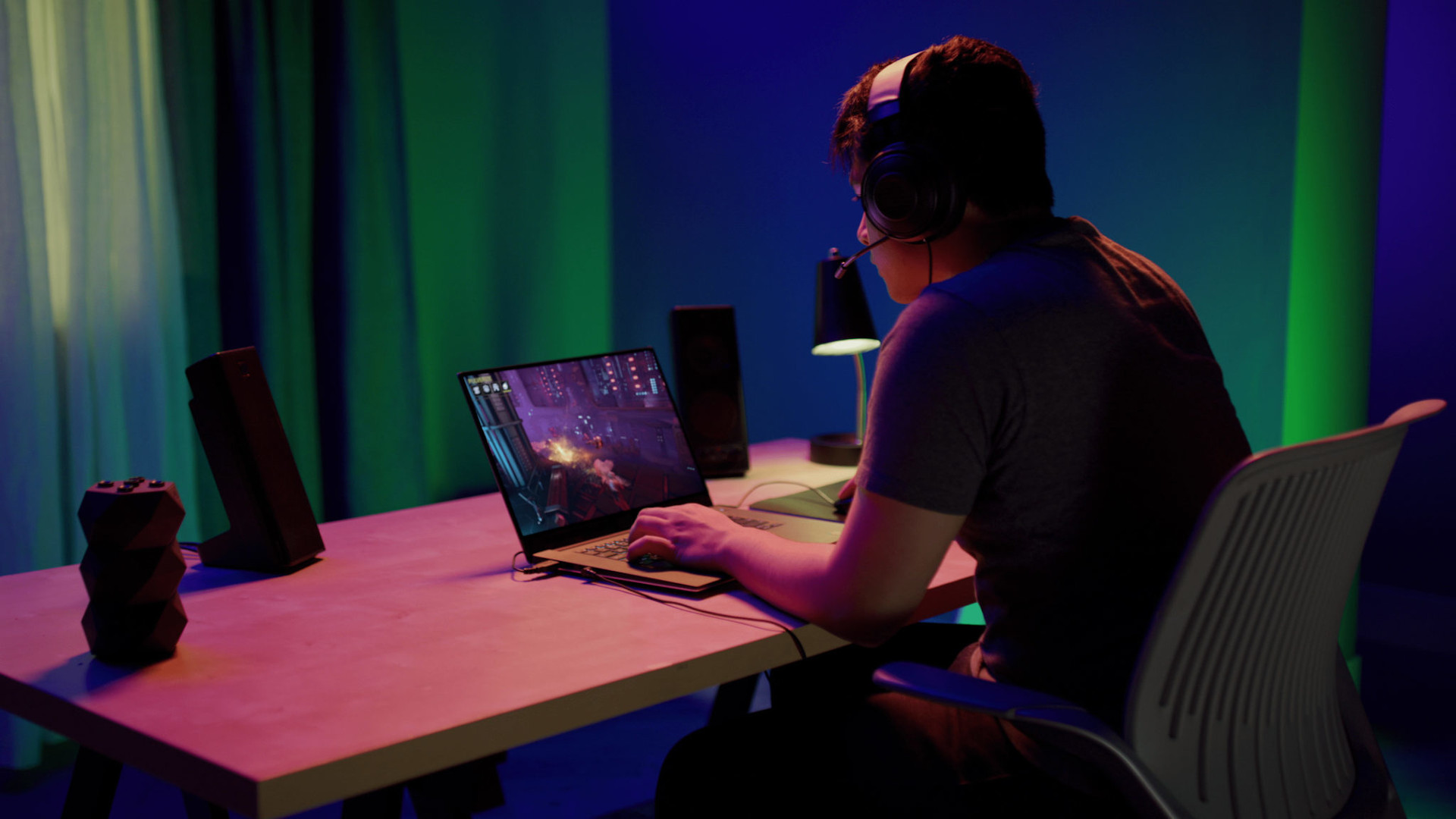
So looking into the future, what are the biggest improvements we can expect to see in cloud gaming in the coming years?
“More Devices. More Games. More consistent quality of service. More links to launch cloud gaming from anywhere,” says Eisler. “Games that scale better from 6” to 60” screens. Cloud-native games that only run in the cloud and are designed to leverage the full power of the SuperPODs that we’re building. The future of cloud gaming is only limited by our imagination.”
Adam was formerly TRG's Hardware Editor. A law graduate with an exceptional track record in content creation and online engagement, Adam has penned scintillating copy for various technology sites and also established his very own award-nominated video games website. He’s previously worked at Nintendo of Europe as a Content Marketing Editor and once played Halo 5: Guardians for over 51 hours for charity. He is now an editor at The Shortcut.
